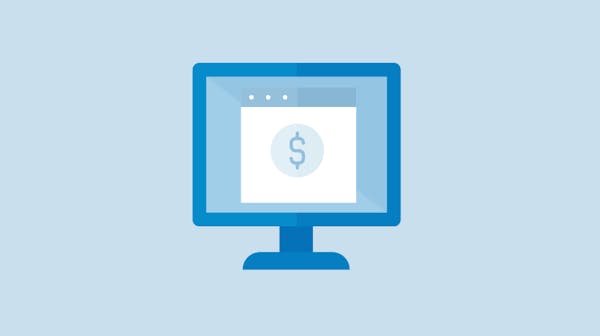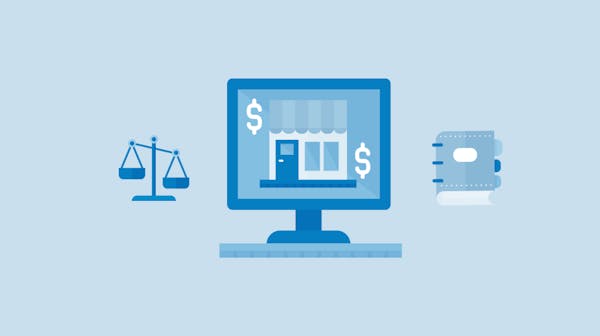When examining invoice vs statements in business transactions, it's clear that invoices are requests for payment following a sale, while statements summarize the financial activity between a business and client over time—but understanding the nuances between the two is key for managing cash flow and client relationships effectively.
Differences in Definition and Usage
In the realm of business finance, precision is paramount, and this is especially true for the different documents used in transactions. Invoices are fundamentally the financial documents that request payment for services or goods provided. Think of an invoice as a detailed bill that lists the services rendered or products sold, complete with individual costs, total charge, and the payment terms. Conversely, a statement contrasts with an invoice by not requesting payment; instead, it offers a summary of all the billing activity between a business and a client over a certain period. It is an account history, showing all the invoices issued and payments received within that timeframe, providing a snapshot of the client's account status.
Example: Consider a graphic design firm that works on multiple projects for a client throughout the month. Each completed task or milestone would result in an invoice detailing the work done and the amount due. At month's end, a statement summarizing all these activities and the current balance would be sent to the client.
Comparative Practical Uses in Business
Issuing an invoice is a critical step in the sales process as it starts the payment cycle. It is the official notice that payment is due for the services or goods provided. On the precise terms specified in the invoice, it needs to highlight the due date for payment to avoid ambiguity. Statements, unlike invoices, do not seek payment but present a summary that might bring to light any unpaid invoices, thereby nudging the client towards settling their account.
To streamline the invoicing process even further, consider adopting a tool like InvoiceOnline, which facilitates the creation of detailed invoices directly in your browser, aiding in maintaining a steady cash flow.
Enhancing Client Relationships
Transparency and clarity in financial interactions sow the seeds of trust, and trust cultivates long-term business relationships. A well-crafted invoice clarifies the financial responsibilities delineated between invoices and statements, ensuring that there is no confusion over what has been provided and what is expected in return. Careful and consistent use of statements can reinforce a business' commitment to transparency and professionalism, fostering a secure relationship environment.
Example: A landscaping company once confronted a potential disagreement on whether an issue was related to an invoice or a statement. The timely production of a detailed invoice for each service and a subsequent monthly statement made it easy to clarify the misunderstanding, averting a possible escalation to a dispute.
Legal Implications of Invoices and Statements
The legal dimension of invoices and statements is not to be taken lightly. The agreed terms between a vendor and a client are specified in the invoice, rendering it a legally binding document, while a statement supports it by showing the entire financial relationship and the status of an account.
Tip: Maintain meticulous records of all invoices and statements. This is not just a matter of good accounting—it can be a business's saving grace in the event of a legal dispute. Accurate, clear invoicing and regular statements can provide a solid defense and demonstrate a company's commitment to legal and financial propriety.




